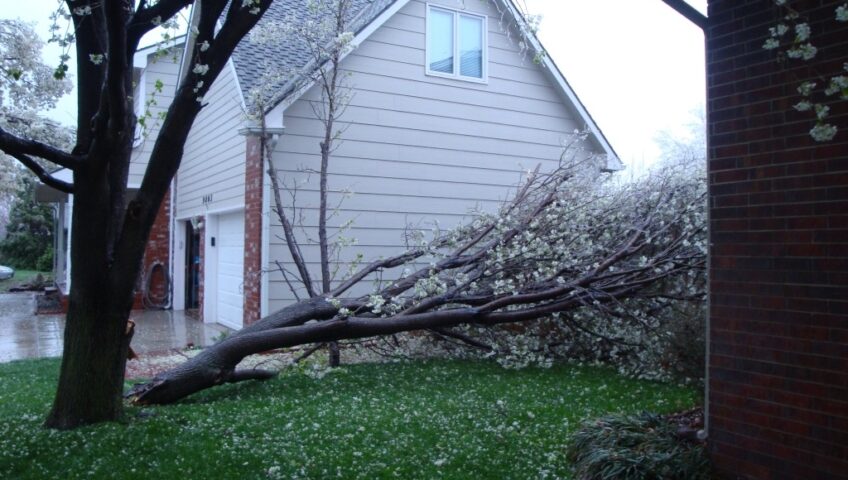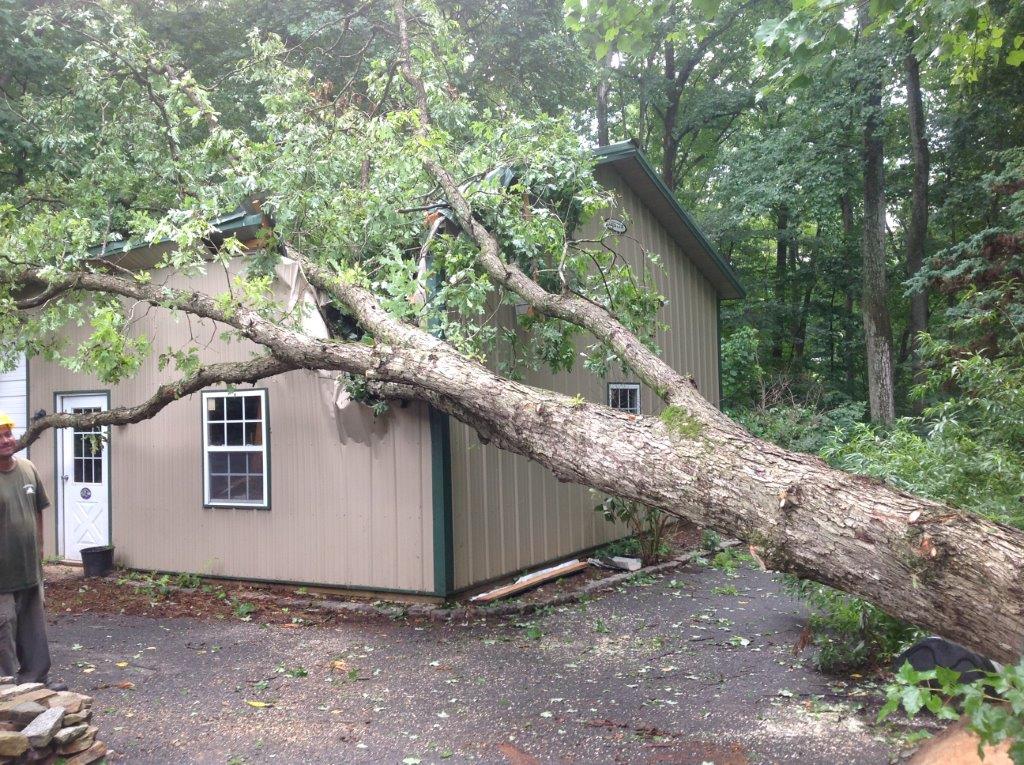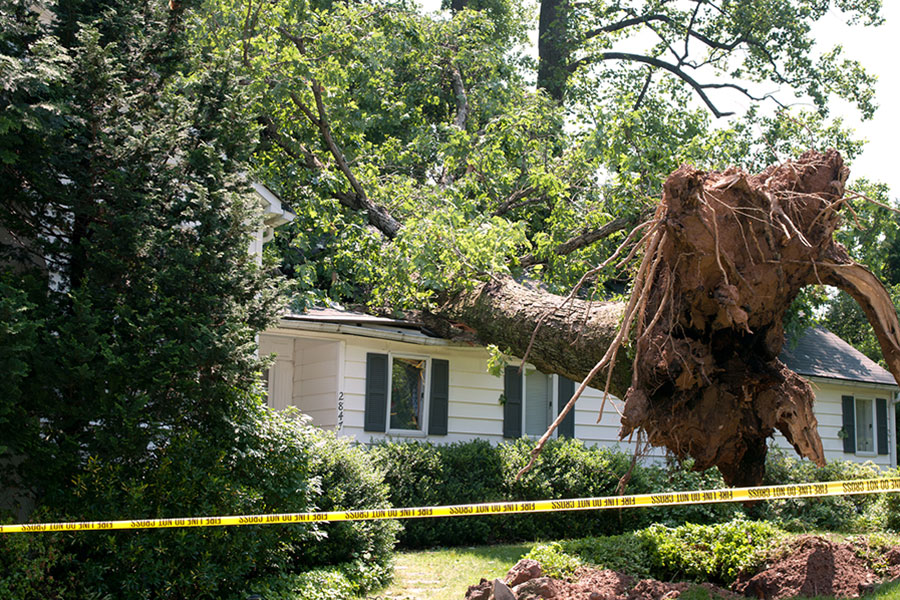
Tree Hazards: How to Identify Them
Tree hazards, which might cause the destruction of property or, worse, personal injury, are a significant concern for the majority of people. If tree problems are not addressed quickly, they may pose a threat to everyone. However, if it is identified early enough, it may be avoided from becoming a threat.

Hazardous trees need to be dealt with as soon as possible. But how do you identify if a tree imposes a threat in our safety? In this article, we’ll go over some of the most common tree dangers and show you how to determine whether a tree is hazardous.
8 Tree Hazards Signs
Here are some warning signs to watch for in order to avoid tree hazards:
1. Root Damage
The tree’s roots are its most important feature. Wilting, thinning foliage, small leaves, dead branches, and poor growth are all indications of root damage. Moreover, a tree may become unstable and dangerous if it lacks a robust and healthy root system.
2. Hanging, Damaged, or Broken Limbs
A broken or dangling limb is the most visible indication of a tree hazard and is a clear sign that your tree is in fact a threat.
3. Changes In The Bark
The bark of a tree provides the most protection. When a tree’s bark breaks or separates, the inner wood of the tree is exposed to degradation. This may suggest that the tree has been damaged on the inside.
4. Structural Flaws
During a storm, trees with weak foundations are usually the first to shatter or fall. Moreover, a tree with an overloaded canopy and a high number of big branches may become structurally unstable over time. However, they may become a danger at any moment.
5. A Slanting Tree
Leaning trees may be a source of concern, however not all leaning trees are hazardous. Live oak trees and some other trees with robust wood may lean away from certain trees or buildings without breaking. Most leaning trees, on the other hand, should be thoroughly examined.
6. Exposed, Weakened Trees
Clearing trees during the construction process may endanger the remaining trees on the property. Now that they are exposed, they are more susceptible to wind harm. That is not to say that these trees won’t survive, but they are often ignored and therefore should be examined regularly.
7. Dead Limbs
Falls aren’t only caused by dangling or broken limbs. Your tree’s limbs may be dead without your knowledge, and they may eventually fall.
8. Decay
One of the most hazardous signs of tree hazards is apparent deterioration. Internal structural deterioration may be indicated by the growth of mushrooms and conks on your tree, as well as patches of cracking bark.

Conclusion
Every tree has a finite lifespan. Moreover, any of the warning signs for tree dangers listed here may indicate a serious issue. Hence, if you see signs of disease or decay, or if circumstances suggest that damage is likely, you must act quickly and get your trees checked by a professional. Act as soon as possible and don’t wait until it’s all too late.


